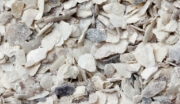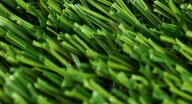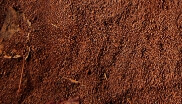Sand or Pea Gravel Bocce Court Surface
Typically chosen for their low cost and ease of availability, sand and pea gravel are really only an option for backyard and highly recreational bocce courts.
Pros
The Pros of Sand or Pea Gravel
Low Cost - Sand and pea gravel are very inexpensive compared to crushed oyster shell and synthetic turf.
Widely Available - Unlike crushed oyster shells, sand and pea gravel are available from more landscape supply companies.
Decent Playability - When properly maintained, they can be enjoyable.

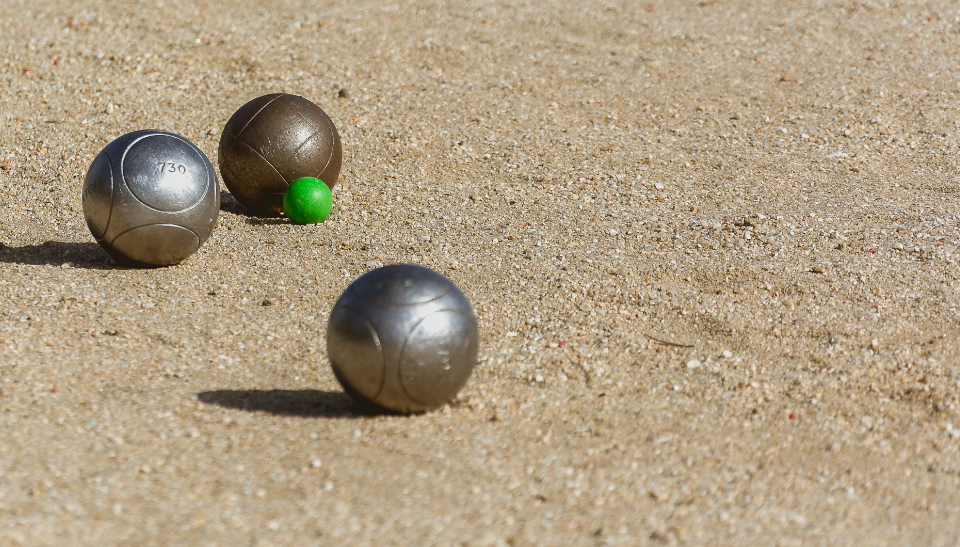
Cons
The Cons of Sand or Pea Gravel
High Maintenance - Sand and gravel courts typically require raking after each play as ruts and grooves form very quickly.
Drainage - As with other loose fill court materials, drainage can be a concern as water can pool on the surface if it becomes too compacted.
Dirty - The spread and accumulation of dust is also a concern with this surfacing type and will require constant brooming and cleaning of areas around the court.
Cost
The Cost of Sand or Pea Gravel
When applied over a decomposed granite base, a sand or pea gravel bocce court surface is typically going to be the lowest cost surface one can choose when looking to build a bocce court.
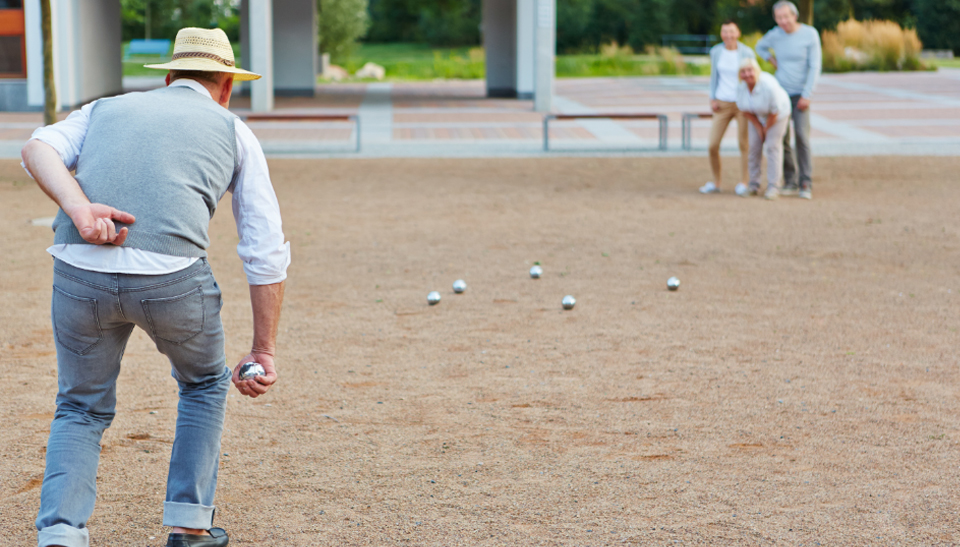
Comparison Chart
See how sand and pea gravel surfacing compare to other popular bocce court surfacing options.
| Surface Features | ||||
|---|---|---|---|---|
|
Dust/Mess Free
|
 no no |
 yes yes |
 no no |
 no no |
|
Low Maintenance
|
 no no |
 yes yes |
 no no |
 no no |
|
Environmentally Friendly
|
 yes yes |
 yes yes |
 yes yes |
 yes yes |
|
Great Drainage
|
 yes yes |
 yes yes |
 no no |
 no no |
|
Typical Cost
(Surface Material Only) |
$$$
|
$$$
|
$
|
$$
|


